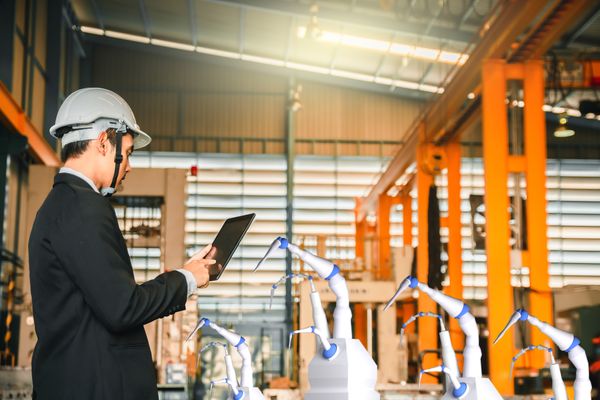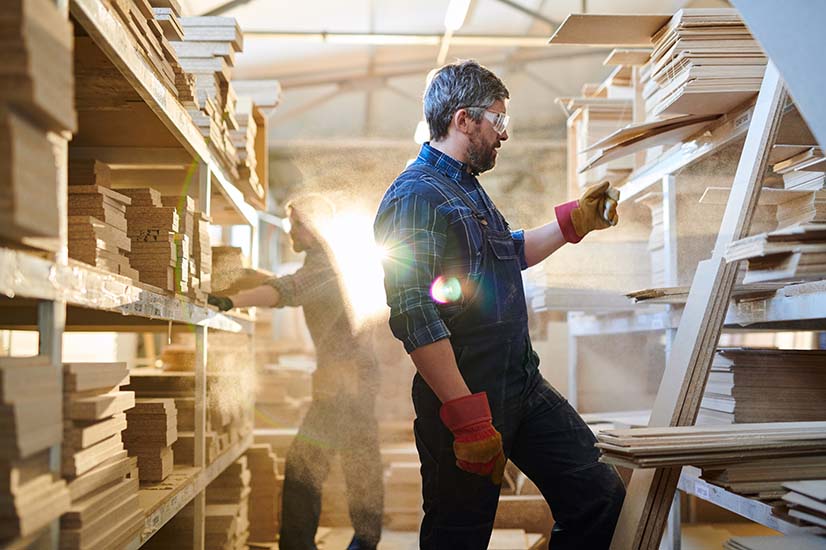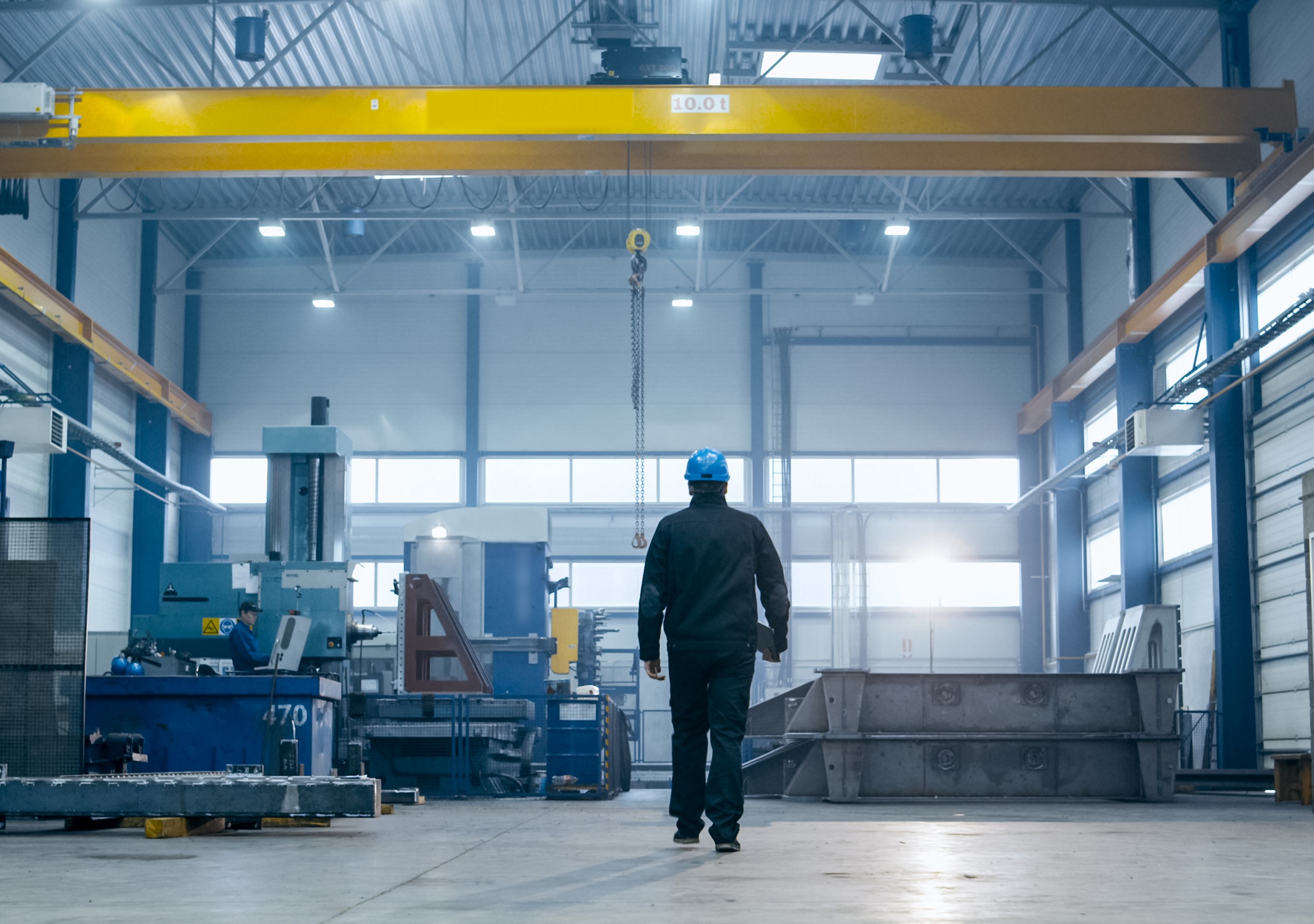DEKRA Webinar — How To Choose the Best Strategy To Implement Your Dust Hazard Analysis
Watch this informative video to learn more about how you can keep your plant safer
from potentially catastrophic dust fires or explosions
SonicAire is committed to bringing you the most comprehensive and up to date information on dust safety techniques, equipment, and technology.
In this special webinar titled “How To Choose the Best Strategy To Implement Your Dust Hazard Analysis,” SonicAire’s COO and webinar host, Jordan Newton, talks with Kevin Jeffries, the technical lead at DEKRA Process Safety and an environmental health and safety professional with 26 years of experience working with hazardous and combustible dust.
Here is the video in full.

What Is a DHA?
DHA stands for “dust hazard analysis.” This is a tool that is used to improve plant safety by identifying the specific combustible dust hazards within a factory associated with the processes creating the dust.
Any setting that generates combustible particulate matter can be at risk for fire or explosion. A dust hazard analysis is viewed a fundamental step in safeguarding your facility. The most vulnerable industries for combustible dust buildup that need a dust hazard analysis are plastics manufacturing, mining, and food and grain.
A dust hazard analysis will review your facility and determine whether any combustible dust is present and where credible fire, explosion, and flashfire hazards exist as well as create a plan to mitigate or minimize the risks associated with those hazards.
Your dust hazard analysis will categorize your plant or factory’s locations as either
- Not a hazard
- Potential hazard
- Deflagration (fire or flashfire) hazard
The goal of a dust hazard analysis is to identify all the hazards in your facility, even the hazards you didn’t know you had. For plants, factories, and facilities that produce and accumulate dust, a dust hazard analysis is essential for ensuring the safety of your personnel and facility.
A company such as DEKRA can perform a dust hazard analysis on your plant so that you are compliant with all applicable health and safety laws and regulations in your state.


What Is a DHA?
DHA stands for “dust hazard analysis.” This is a tool that is used to improve plant safety by identifying the specific combustible dust hazards within a factory associated with the processes creating the dust.
Any setting that generates combustible particulate matter can be at risk for fire or explosion. A dust hazard analysis is viewed a fundamental step in safeguarding your facility. The most vulnerable industries for combustible dust buildup that need a dust hazard analysis are plastics manufacturing, mining, and food and grain.
A dust hazard analysis will review your facility and determine whether any combustible dust is present and where credible fire, explosion, and flashfire hazards exist as well as create a plan to mitigate or minimize the risks associated with those hazards.
Your dust hazard analysis will categorize your plant or factory’s locations as either
- Not a hazard
- Potential hazard
- Deflagration (fire or flashfire) hazard
The goal of a dust hazard analysis is to identify all the hazards in your facility, even the hazards you didn’t know you had. For plants, factories, and facilities that produce and accumulate dust, a dust hazard analysis is essential for ensuring the safety of your personnel and facility.
A company such as DEKRA can perform a dust hazard analysis on your plant so that you are compliant with all applicable health and safety laws and regulations in your state.


What Is DEKRA?
What Is DEKRA?
DEKRA is the world’s largest nonlisted expert organization in the field of testing, inspection, and certification (TIC). They are one of the leading dust hazard analysis companies in the world.
DEKRA has years of experience testing and consulting on hazardous dust and offers many services to help your company and factory identify hazardous materials and assess any health and safety risks associated.
Webinar Highlights
There are a lot of important points that Jordan and Kevin cover, and you don’t want you to miss anything crucial. Here are some snippets of the essential aspects covered in this webinar.
Two Approaches To a DHA: Traditional and Prescriptive
- A dust explosion is instantaneous and could be catastrophic
- You need to have the proper precautions in place
- Dust explosions happen more often than you think
- You need to have a dust hazard analysis to look at explosions, flashfires, and fire dangers
How To Find a Combustible Dust Solution That Is Safe, Sustainable, and Affordable
- DEKRA wants to help you find a solution that puts safety first and works for your organization
- After the dust hazard analysis, there are a few options that can be taken
How To Get Started On Your DHA Journey
- Contact DEKRA to come collect samples and do testing
- Get a dust hazard analysis scheduled and get a proposal put together
- Have a consultant come to the site to do the dust hazard analysis
- DEKRA generates the report with the recommendations
- DEKRA ranks the recommendations low to high
The “Why” Behind Your DHA
- DEKRA digs into the “why” of your dust hazard analysis to give you your highest priorities first and show you what items can wait until your next budget cycle
Who’s in Charge of the DHA at Your Facility
- A mandatory revalidation is required every five years, however, some facilities aren’t reviewing their dust hazard analysis on a regular enough basis between that time
- DEKRA tries to integrate their solutions into what you’re already monitoring and reporting
- The first thing every manager should look at when dealing with changes to your dust hazard analysis is the management of change (MOC)
This webinar, “How To Choose the Best Strategy To Implement Your Dust Hazard Analysis,” has tons of valuable information for businesses and plants that create hazardous dust from their manufacturing process.
At SonicAire, we specialize in dust control technology to keep your employees, facility, and business safe from the hazards of combustible dust. To learn more about SonicAire’s dust control resources and technology, click the link below.
